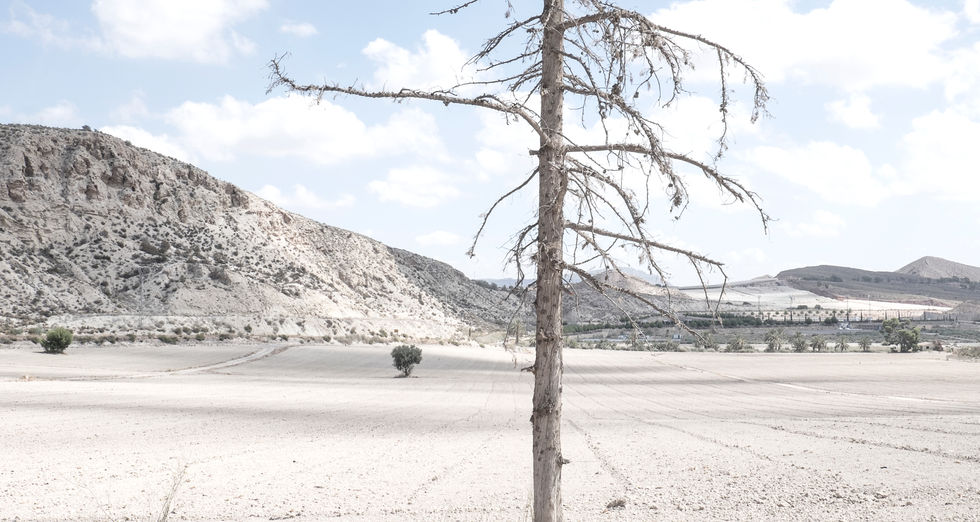
Courtesy of
Ire Lenes
Climate Change Series
Ire Lenes
Highly Commended
Graduate in sociology, she studied a Master's degree in International Relations at the Diplomatic School of Madrid. In 2017 she obtained the PHotoESPAÑA scholarship to study the Master in photography "Theories and artistic projects". She has recently won the ING Talent Award public prize, mentored by Alec Soth and exhibiting at the Kunsthal Art Museum Rotterdam. She has received several awards, among them, Ciudad de Alcalá, the DKV scholarship at the Seminario¬ de Fotografía y Periodismo in Albarracín, lX3 Prix de la Photographie Paris or Julia Margaret Cameron. Ire Lenes has been selected to participate in different festivals and organisations such as PHE Visas, TransEuope or Futures Photography. Her work has been exhibited in different galleries in Spain. In 2019 she published her book Archipiélagos in the Kursala collection in Cádiz, exhibited at the ¡Hola! event in Taipei, Taiwan and at Tbilisi Photo Festival. Her work is currently part of several public and private collections. Lenes finds in photography the perfect tool to delve into the social aspects that make him curious. Since 2016 she focuses his work on sociological research on the situation of ethnic minorities in the Baltic countries in relation to their history and state.
Earthly Hells
South America, Europe and Asia
2016 - 2021
Earthly Hell is a reflection that starts from the appropriation of the concept of Hell, historically linked to a religious language, translating it into a contemporary concept.
The description of Hell, following Christian beliefs, is the place where the damned suffer, after death, eternal punishment. From my perspective, in our contemporary society, this concept can be applied to a place or situation that causes great suffering or discomfort.
Understanding that the concept of Hell, as a place where sinners end up, does not exist, I consider that we are surrounded by situations or places that can transport us to the concept.
In ancient times, the best way to exemplify something was graphically, and this is the methodology I have used for the development of my work "Earthly Hells", photographing moments where what surrounds me awakens in me the sensation of Hell.
Inspired by the structure of Dante's Divine Comedy, specifically in the first part of his journey, where he lists nine hells, I structure my Earthly Hells in large groups, such as the destruction of the landscape, the abuse of natural resources, desertification, deforestation or pollution.
Since 2016 I have acquired the habit of photographing earthly hells wherever I go, it is a work that is currently still in progress, and the fact is that humanity never ceases to surprise me.












